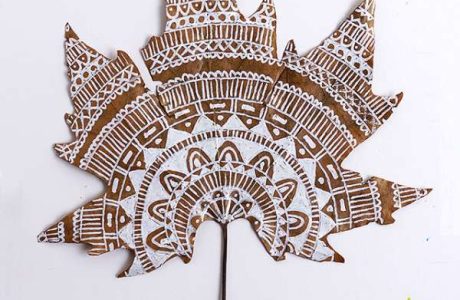
These DIY craft projects are not only for wood crafts but for wood crafts that are great for selling. Some of these projects are really popular and have been great sellers for crafters all around the globe. Handmade board games are trending at the moment as so many families in lockdown went back to family time basics by playing board games and card games.
So having a handmade wooden set is the perfect gift. Of course, wooden plant stands are in every store right now so selling an original design is great for selling at farmers markets and handmade booths.
DIY Industrial Wood Crate Toy Box from Addicted 2 DIY
DIY Lap Desk from Addicted 2 DIY
DIY Wood & Sisal Cat Scratcher from Centsational Style
DIY Wooden Step Stool from DIY Candy
Buffalo Check Checkers Board from Funky Junk Interiors
Tic Tac Toe Tray Game & Coasters from Funky Junk Interiors
DIY Bunk Buddy from Jen Woodhouse
Walnut Cutting Board with Epoxy Resin Inlay from Jen Woodhouse
DIY Geometric Wood Art from Lemon Thistle
DIY Wooden Bath Caddy from Lemon Thistle
DIY Wood Clock from Love Create Celebrate
DIY Wooden Spoon Rest from Love Create Celebrate
Reclaimed Wood Rustic Wreath from Lovely Etc
Rustic Wood Sign from Pop Shop America
DIY Photo Hanger from Saws on Skates
DIY Wood Spice Shelf from Saws On Skates
DIY Plywood Arch Mirror from The Merry Thought
DIY Wood Plant Stand from The Merry Thought
Wooden Doormat from Within The Grove
Here are some tips for turning your DIY wood craft projects into a small hobby business:
- Determine your target market: Before you start selling your wood crafts, it’s important to understand who your target market is. Consider factors such as age, gender, and location, as well as the types of products that will appeal to your target market.
- Create a business plan: A business plan will help you to define your goals, understand your costs, and develop a marketing strategy. It’s also a good idea to research your competition and identify your unique selling points.
- Price your products wisely: When setting prices for your wood crafts, consider the cost of your materials, your time and labor, and the demand for your products. It’s important to strike a balance between charging enough to cover your costs and making your products affordable for your customers.
- Build a strong online presence: In today’s digital world, it’s essential to have an online presence for your business. This can include a website, social media accounts, and online marketplaces such as Etsy or eBay.
- Network with other woodworkers: Attend craft fairs and join online communities to connect with other woodworkers and learn from their experiences. This can help you to build a network of support and potentially discover new sales channels.
- Invest in high-quality tools and materials: Using high-quality tools and materials can help you to create professional-grade products that are more likely to sell.
- Develop a consistent branding strategy: Establishing a strong brand identity can help you to differentiate your products and build customer loyalty. Consider factors such as your logo, product packaging, and marketing materials.
- Offer excellent customer service: Providing excellent customer service can help you to build a positive reputation and encourage repeat business. This can include offering personalized products, responding to customer inquiries promptly, and following up after the sale.
To determine how to charge for your handmade items, you will need to consider several factors, including your material costs, labor rate, and desired profit margin. Here is a step-by-step guide to help you calculate a fair price for your handmade products:
First, add up the costs of all the materials that you use to create your product, including any supplies, tools, or packaging. This will give you your total material cost.
Next, consider how much you would like to earn per hour for your time and labor. This will vary based on your skills, experience, and local market rates. Calculate your hourly labor rate by dividing your desired earnings by the number of hours you work.
Estimate the amount of time it takes you to create your product, including any preparatory work, production time, and finishing touches. This will give you your total production time.
Add your material costs, labor rate, and production time to determine your total cost. This will give you the minimum amount that you need to charge in order to cover your costs.
To determine your final price, you will need to consider your desired profit margin. This is the amount of money that you would like to make on each product above and beyond your costs. Consider your business goals and the demand for your products to determine a fair profit margin.
Add your desired profit margin to your total cost to determine your final price. This is the price that you will charge for your handmade products.
Remember, this is just a starting point, and you may need to adjust your pricing based on your local market conditions and the demand for your products. It’s also a good idea to periodically review and adjust your pricing as needed to ensure that you are fairly compensated for your time and efforts.



